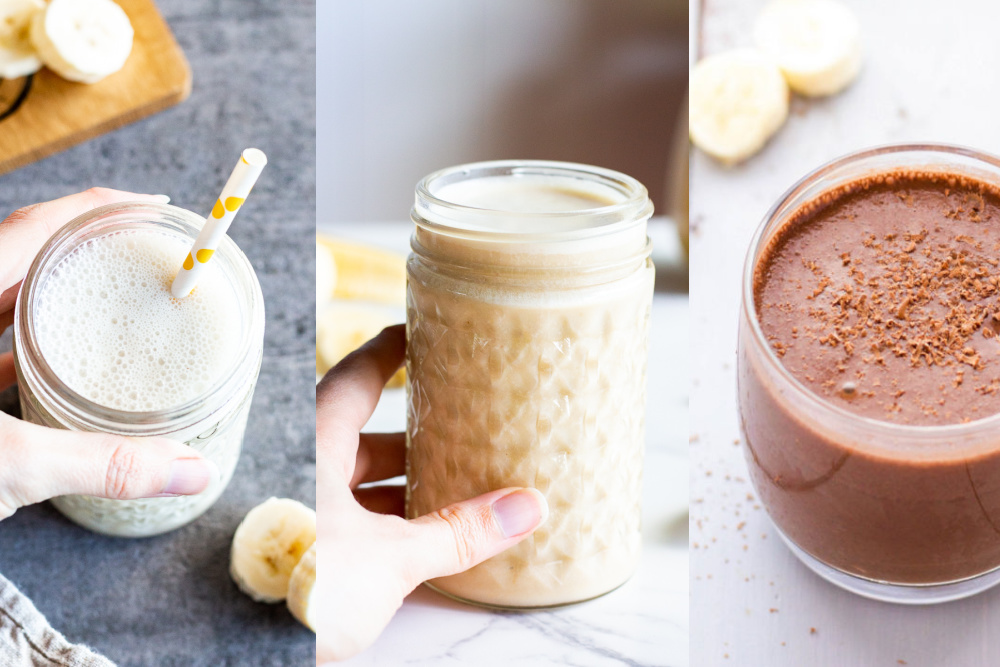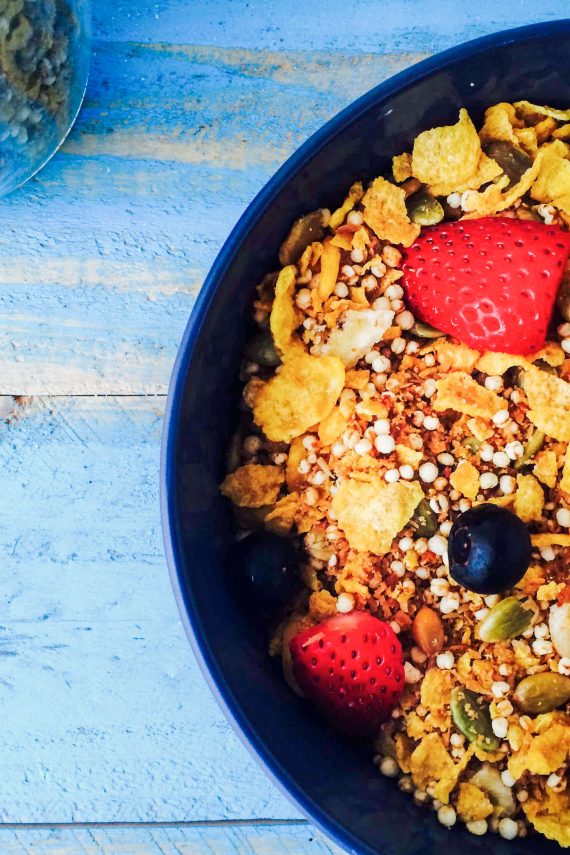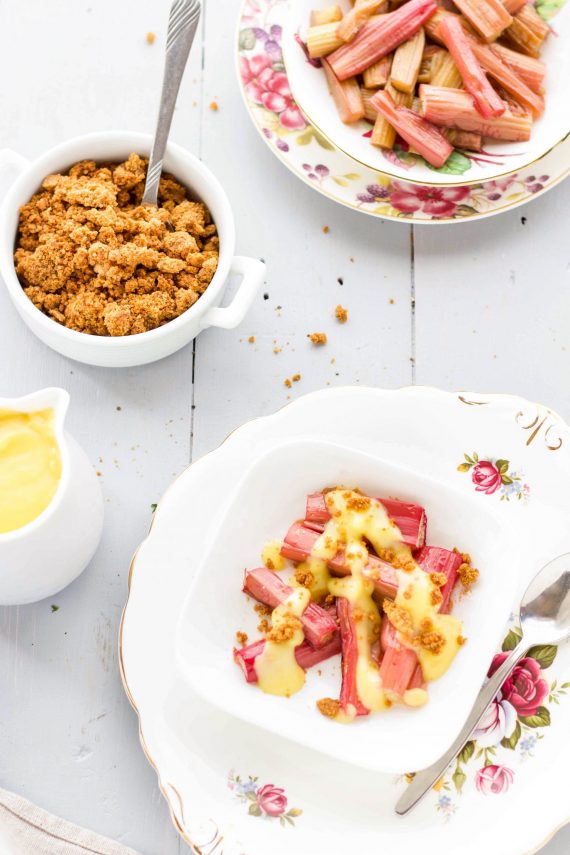Recovering from wisdom teeth surgery can be tough enough without the added stress of figuring out what’s okay on the low FODMAP diet. The key is to stick to soft, soothing foods that won’t irritate your gums or upset your gut after your oral surgery.
General Eating Tips
- Choose soft textures: Aim for smooth, creamy, or mashed foods for the first few days.
- Keep it cool (or lukewarm): Hot foods can irritate your gums.
- Small bites & slow eating: Prevent strain on your mouth and reduce air swallowing (which can cause bloating).
- Avoid straws: They can dislodge healing clots.
- Stay hydrated: Sip water frequently throughout the day. Try sucking on ice chips (if that feels comfortable) if you are still in a lot of pain.
Stage 1: Liquids & Smooth Purees (First 1–2 Days)
Stick to foods that require little to no chewing:
- Smooth lactose-free yoghurt (unsweetened or lightly sweetened).
- Lactose-free custard or pudding.
- Milkshakes made with lactose free milk. When choosing milkshake syrup, look for one that is sweetened with sugar, glucose or dextrose (avoid brands with high FODMAP ingredients like high fructose corn syrup, fructose, sorbitol, mannitol, isomalt, erythritol, or xylitol).
- Strained/pureed low FODMAP soups. Try our creamy pumpkin soup. You can also find our creamy leek and potato soup, cozy roast parsnip soup, roasted cumin carrot soup, creamy potato and bacon soup in our Recipe Club.
- Smoothies: you need to avoid fruits with seeds (e.g. kiwifruit/blueberries/ raspberries/ strawberries) for the first couple of weeks – this means you’ll need to use firm banana (just yellow with no brown spots) for your smoothies if you are in the first phase of the low FODMAP diet. See the smoothie recipe section below.
- Protein shakes with low FODMAP protein powder and lactose-free milk.
- Jelly: choose a low FODMAP flavour (e.g. lemon/lime, raspberry, strawberry) and check the jelly is made from a low FODMAP sweetener (e.g. sugar, dextrose, glucose). Avoid brands that contain fruit juice, high fructose corn syrup, fructose, sorbitol, mannitol, isomalt, erythritol, or xylitol. It is totally OK to have sugar-based jelly when you are recovering. You can also use your lactose-free milk to make a ‘milky jelly’ for added protein and nutrition.
- Lactose free ice cream or coconut ice cream – avoid brands with high FODMAP ingredients like inulin/chicory root fibre, fruit juice, high fructose corn syrup, fructose, sorbitol, mannitol, isomalt, erythritol, or xylitol. Some people might find the cold too intense, so you’ll need to see how you go.
- Chocolate tofu mousse – our decadent dark chocolate mousse is smooth, creamy and a good source of protein, calcium and energy.
- Meal replacement drinks – in some countries, you can get low FODMAP certified meal replacement drinks. Check the Monash University FODMAP Diet app for brand recommendations – search ‘nutritional supplement’.
Stage 2: Soft, Mashable Foods (Days 3–5)
As pain/swelling eases, you can add in soft solids:
- Plain mashed potato made with lactose-free milk and butter/olive oil. If you are making a roast in the lead-up to your surgery, save some homemade gravy and stash it in the freezer – then you can have mashed potatoes and gravy.
- Scrambled eggs – cooked soft with lactose-free milk and cheese.
- Soft polenta or cream of rice.
- Oatmeal/porridge made with rolled oats and low FODMAP milk (small serves if tolerated). You can use rice flakes if you need to be oat free.
- Cottage cheese or ricotta – low FODMAP serving is 2 tablespoons per meal.
- Soft fish – baked salmon or white fish that is well flaked after cooking or canned tuna (you can mix the tuna with lactose free yoghurt or mayonaise).
- Steamed carrots and zucchini (watch serving size), mashed smooth.
- Banana (just yellow with no brown spots) mashed into oatmeal/porridge/rice flakes.
- Small serves of avocado (up to 60 g / 2.1 oz per meal).
- Soft gluten-free pasta or rice noodles with lactose-free cheese sauce or olive oil.
- Homemade low FODMAP hummus.
Stage 3: Easy Chew Foods (From Day 5 Onwards)
Once you can chew gently, expand your options:
- Tender chicken (slow cooked or shredded)
- Turkey/chicken/pork meatballs (well-cooked, soft texture)
- Cheesy chicken fritters
- Well-cooked rice or quinoa
- Slow Cooker Chicken Soup
- Frittata (leave out the broccoli and green beans) or soft omelette
- Shepherd’s pie made with lean meat, mashed potato, and low FODMAP veggies – we have some great options in our low FODMAP Recipe Club.
- Soft gluten-free pancakes with blueberries or kiwi
- Smooth peanut butter
Stage 4: Day 7 Onwards
Within about a week, most people can reintroduce more regular low FODMAP meals as chewing becomes easier. With the right foods, you’ll support gum healing and keep your gut calm.

Low FODMAP Banana Smoothie Recipes
These delicious banana smoothies are all suitable for the first phase of the low FODMAP diet. You can also add 50 g/1.75 oz of firm tofu to the smoothies below to boost the protein and calcium. Fortified smoothies can give a powerhouse of nutrition while you are recovering from oral surgery.
Prep in advance: You can freeze your banana in advance so it’s ready to go.
Chocolate Banana Smoothie
1 small (80 g/2.8 oz) banana (firm or just yellow – no brown spots)
1 cup (250 ml) low FODMAP milk (e.g. lactose free milk, almond milk, soy milk made from soy protein)
1 tbsp cocoa powder (GF if needed)
½ tsp vanilla essence
2 tsp pure maple syrup
1 pinch of ground cinnamon (optional – just gives a hint of cinnamon flavour)
5 ice cubes
Blend all the ingredients until smooth.
Peanut Butter Smoothie
1 cup (250 ml) low FODMAP milk (e.g. lactose free milk, almond milk, soy milk made from soy protein)
1 small (80 g/2.8 oz) banana (firm or just yellow – no brown spots)
2 tbsp smooth peanut butter
½ tsp vanilla essence
4 ice cubes
1 tsp pure maple syrup (add more to taste)
Blend all the ingredients until smooth.
Vanilla Banana Smoothie
1 small (80 g/2.8 oz) banana (firm or just yellow – no brown spots)
¾ cup (188 ml) low FODMAP milk (e.g. lactose free milk, almond milk, soy milk made from soy protein)
¼ cup (63 ml) plain lactose free yoghurt (or coconut yoghurt)
½ tsp vanilla essence
2 tsp pure maple syrup (optional)
Blend all the ingredients until smooth.
Foods to Avoid After Oral Surgery
While you recover, you may find you need to avoid certain foods to help your gums heal and to keep your gut symptoms to a minimum:
- Crunchy, hard, or sharp foods (chips, nuts, raw carrots, toast crusts) as these can irritate or damage healing gums
- Fizzy or carbonated drinks (can increase bloating and irritate healing gums)
- Spicy or acidic foods (may sting in open wounds)
- Coffee and caffeinated drinks (avoid for the first 5 days)
- Foods with seeds (for the first 2 weeks until any wounds have fully healed): kiwifruit, strawberries, raspberries, blueberries
- High FODMAP fruits like apples, pears, mango, stone fruit (can increase gut symptoms like bloating and altered bowel movements)
- High FODMAP veggies like onion, garlic, cauliflower, mushrooms (can increase gut symptoms like bloating and altered bowel movements).
Can I include juice and sports drinks?
We’d recommend talking to your dentist/oral surgeon first. An overload of these drinks can be high in sugar, which can promote bacterial growth, increase inflammation and slow down healing after oral surgery.
If your dentist is okay with you including juice or a sports drink in your diet, then here is what you need to look for when choosing a low FODMAP option:
Cranberry juice/drink that is made with a low FODMAP sweetener like sucrose, sugar, glucose, or dextrose. If you are looking for a low sugar option, then choose a juice that is sweetened with stevia (sterol glycosides) or sucralose. You can find brand recommendations here. A low FODMAP serving of cranberry drink is 1/2 cup, make sure you leave a couple of hours between each serving (see the Monash University FODMAP App for more information.
Sports drinks (like Powerade or Gatorade) that are made with a low FODMAP sweetener like sucrose, sugar, glucose, or dextrose. If you are looking for a low sugar option, then choose a drink that is sweetened with stevia (sterol glycosides) or sucralose.
Add in A Fibre Supplement
Fibre can play a critical role in managing IBS symptoms. A change in eating routines and the type of food you are eating as you recover from surgery is likely to disrupt your fibre intake. This can potentially make constipation or diarrhoea worse.
A fibre supplement can help you maintain your fibre intake as you recover from your oral surgery.
Choose a dissolvable fibre supplement such as psyllium husk or partially hydrolysed guar gum (PHGG). Mix it with water or add it to your soups or smoothies. Make sure the supplement is fully dissolved before drinking (you don’t want any grittiness irritating the surgical area). Start with a small amount of the supplement (e.g. ½ teaspoon and increase your serving from there).
If possible, start the fibre supplement a couple of weeks before your surgery to allow your body to adjust to the new fibre source.
Are you ready to take control of your gut symptoms?
No thanks, my gut is perfect.
Extra Tips for Managing Diarrhoea & Constipation
If you’re struggling with constipation or diarrhoea after surgery (common due to pain medication), then you may need to add in some extra strategies to help:
- Constipation: If needed, talk to your local pharmacist about a stool softener to help reduce constipation while you are taking pain medication. You also might find a fibre supplement, as discussed above, useful.
- Diarrhoea: Stick to binding foods like soft white rice, bananas (firm with no brown spots, small serve), and plain mashed potato. If needed, talk to your doctor about medication to help.
Final Thoughts
Hopefully, these soft and soothing low FODMAP food ideas and extra strategies for managing symptoms help you recover from your wisdom teeth surgery without upsetting your gut. Let us know if you have any friendly low FODMAP food ideas that worked for you!











This is very helpful. Thank you SO much!
You are very welcome!